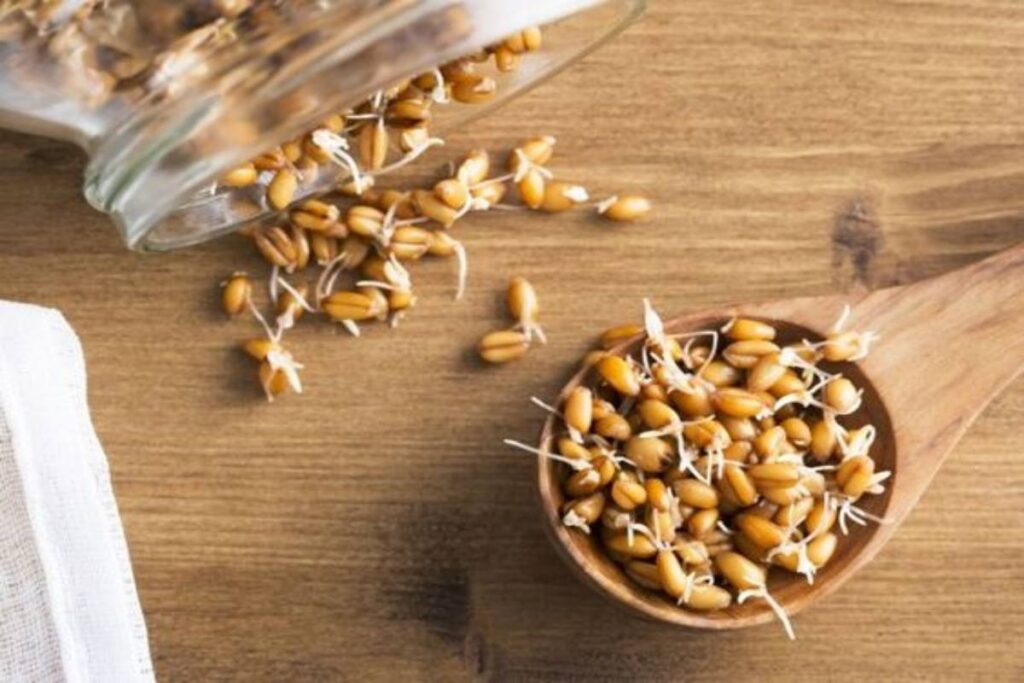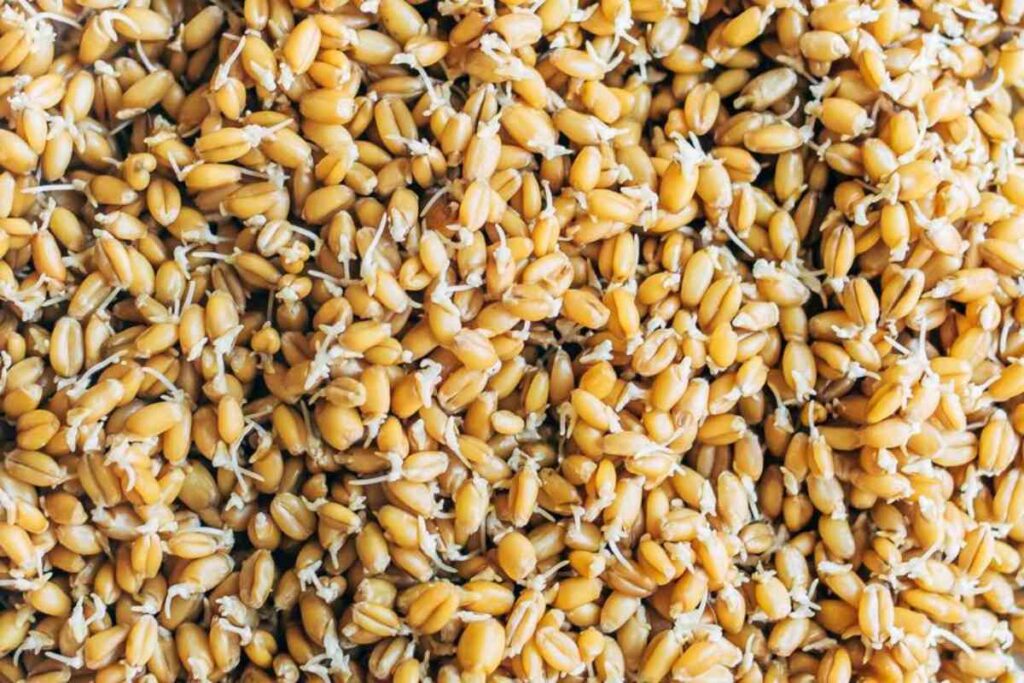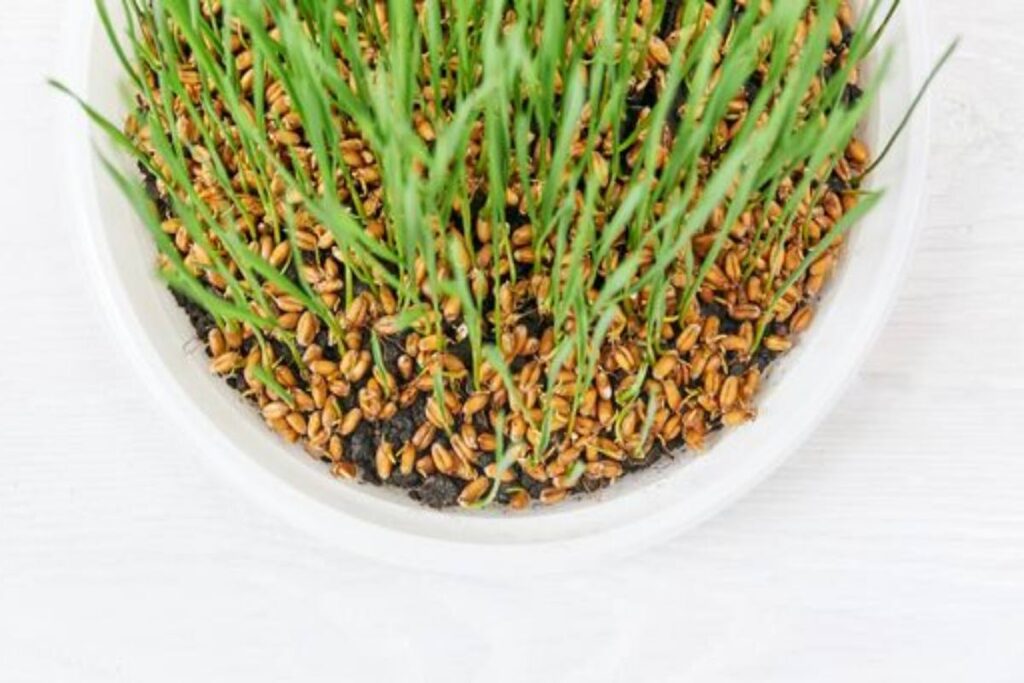
In recent times, the popularity of sprouted grains has reached impressive levels in the American food market. This newly attained popularity comes as Americans across the country search for healthier food options.
However, we are left to wonder just how healthy sprouted grains are in comparison to traditional grains and bread choices. Consequently, this research hopes to expand more into its advantages and disadvantages.
Additionally, we ponder whether or not they should replace traditional grain products in your home.
What makes sprouted grains different?
Sprouted grains, as the name implies, are a type of grain created when whole grains are just starting to germinate. According to Sarah Heckler, a food expert with the Anne Till Nutrition Group in Raleigh, North Carolina, sprouted grains germinate whole grains in the early stages before becoming plants.
Describing how the grains are created, Heckler said that it begins with soaking the grains in water until they sprout. Heckler added that when the grains are in germination, their starch is broken down, which makes for easier nutrient digestion.
ALSO READ: Unknown Facts About Diabetic Ketoacidosis
Sprouted grains provide a healthy way to enjoy carbs because of their overall value and nutrients. However, it is important to know that products made from sprouted grains should be stored in freezers. This storage system keeps the grain products fresh and prevents any spoilage.
Heckler said, “Since they contain more moisture than traditional grains, they are more susceptible to mold and bacteria growth if left at room temperature for extended periods.” This storage method also helps extend the shelf life of grains without the need for preservatives.
POLL—Should the Government Increase Taxes on the Wealthy To Reduce Economic Inequality?

What Are the Health Benefits of Eating Sprouting Seeds?
According to Heckler, there are various health and nutritional benefits to eating sprouting grains. The grain enhances nutrient availability due to its sprouting nature, making it higher in vitamins, minerals, and antioxidants.
As stated earlier, the grains make digestion easier, especially for sensitive stomachs, as their germination process breaks down starches and proteins. Another health benefit is that it has a lower glycemic index than other traditional grains.
Although the grains still contain carbohydrates, their lower glycemic index makes them ideal for diabetes management. Hence, they provide a healthier way to enjoy carbs. Heckler noted that germinating grains, even with reduced gluten, aren’t safe for those with severe gluten sensitivity or celiac disease.
Additionally, the food expert stated that sprouted grains are perfect for a low-fat diet as they do not contain added fats. Another health benefit is that some sprouted grains are made from the best seeds for female fertility. Seeds such as chia seeds, flaxseeds, pumpkin seeds, and sesame seeds are effective for fertility.
What Are the Side Effects of Sprouted Grains?
Despite the numerous advantages of sprouted grains, they are not without disadvantages. Heckler has stated some of the reasons why its products should not be consumed. Firstly, because of the additional processing required, its products are typically more expensive than ordinary grain products.
Additionally, their shorter shelf life and need for constant freezing make them expensive to preserve. Secondly, sprouted grains may present a greater risk of foodborne illness compared to traditional grains.
According to Heckler, “the sprouting process requires warm, moist conditions, which are also ideal for the growth of harmful bacteria such as E. coli and salmonella.”
How Can I Cook Sprouted Grains?
While the grains can be consumed raw with salad, they should be rinsed thoroughly with filtered water before soaking for 8–12 hours. However, the time the grain is soaked depends on the type of grain.
After moving the grains to a colander or sprouting tray, cover them with a towel that breathes. Rinse and drain them two or three times a day until sprouts form, which should take two to four days.
Before storing or utilizing the sprouted grains, make sure they are thoroughly dry. You can use a low-heat oven, dehydrate, or sun-dry. Subsequently, the grains can be baked, mixed into smoothies, added to salads, or cooked like ordinary grains.
WATCH: Parents are not Buying This Mom’s Clever Trick for Making Her Kids Eat Salad
How Can I Sprout Oats at Home?

To start your homemade oat sprout garden, gather your seeds. Rinse the oats in a colander or strainer. Put them in a big glass jar with plenty of water and let them soak for six to eight hours. Since oats double or triple in size, make sure there’s enough water in the jar and pick one large enough.
Thoroughly rinse, empty, and put back into the jar, covered with a cheesecloth, paper towel, sprouting lid, or screen. Give oats around 24 hours to sprout or until the tails just begin to pop. Rinse and drain thoroughly every six to eight hours.
You Might Also Like
Berkshire Hathaway Apple Holdings Suffer 50% Cut
Serena Williams Blasts Paris Restaurant for Refusing Her a Table
Dancehall Singer Vybz Kartel Regains Freedom After Court Declines To Retry His Murder Charges
Tom Cruise Set To Perform Stunt for Paris Olympics Closing Ceremony
